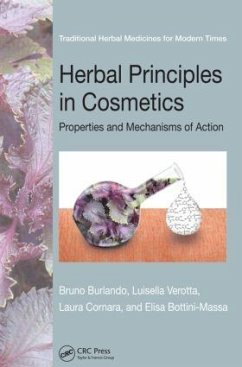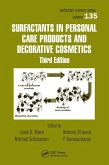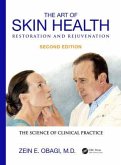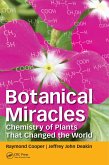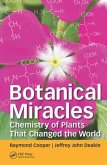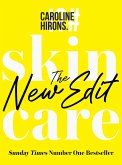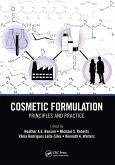Interest in the molecular and mechanistic aspects of cosmetic research has grown exponentially during the past decade. Herbal Principles in Cosmetics: Properties and Mechanisms of Action critically examines the botanical, ethnopharmacological, phytochemical, and molecular aspects of botanical active ingredients used in cosmetics. Along with dermatological and cosmetic uses, the book also explores the toxicological aspects of these natural ingredients, maintaining a balanced view that carefully dissects the hype from the solid science.
Contains Comprehensive Monographs of Herbs Useful for Skin Care & Diseases
Authored by a panel of experts in cell physiology, phytochemistry, ethnopharmacology, applied botany, ethnobotany, and cosmetic science, the book begins with background in skin anatomy and physiology and also the classification, mechanisms of action, and application of herbal compounds. It provides monographs complete with therapeutic properties, specific action and dermatologic properties, toxicities, pictures, and references. The book also addresses the complexities of green biodiversity, including not only higher plants, but also mushrooms, algae, lichens, and bacteria - each chosen for their importance in traditional use, potential for innovation, or recent introduction to market.
Includes a Vivid Color Insert with Photographs of Botanical Species
Herbal Principles in Cosmetics: Properties and Mechanisms of Action is one of the few books devoted to the mechanisms of action of herbal compounds based on scientific analysis, making it an exceptionally valuable reference for pharmacologists, natural product chemists, skin physiologists, and dermatologists.
Contains Comprehensive Monographs of Herbs Useful for Skin Care & Diseases
Authored by a panel of experts in cell physiology, phytochemistry, ethnopharmacology, applied botany, ethnobotany, and cosmetic science, the book begins with background in skin anatomy and physiology and also the classification, mechanisms of action, and application of herbal compounds. It provides monographs complete with therapeutic properties, specific action and dermatologic properties, toxicities, pictures, and references. The book also addresses the complexities of green biodiversity, including not only higher plants, but also mushrooms, algae, lichens, and bacteria - each chosen for their importance in traditional use, potential for innovation, or recent introduction to market.
Includes a Vivid Color Insert with Photographs of Botanical Species
Herbal Principles in Cosmetics: Properties and Mechanisms of Action is one of the few books devoted to the mechanisms of action of herbal compounds based on scientific analysis, making it an exceptionally valuable reference for pharmacologists, natural product chemists, skin physiologists, and dermatologists.
A panel of experts come together in this excellent book to address chemistry and molecular aspects of how herbs work on skin and the compounds in them that are responsible. The bulk of the text contains very comprehensive monographs on 70 popular herbs used for skincare that provide a detailed look at their properties and toxicity. All the newest ingredients, such as argan oil (Argania spinosa) are included ...Photos and chemical diagrams accompany each entry. This is all presented in an accessible format and very readible style.
--American Herb Association, February 2011
--American Herb Association, February 2011

